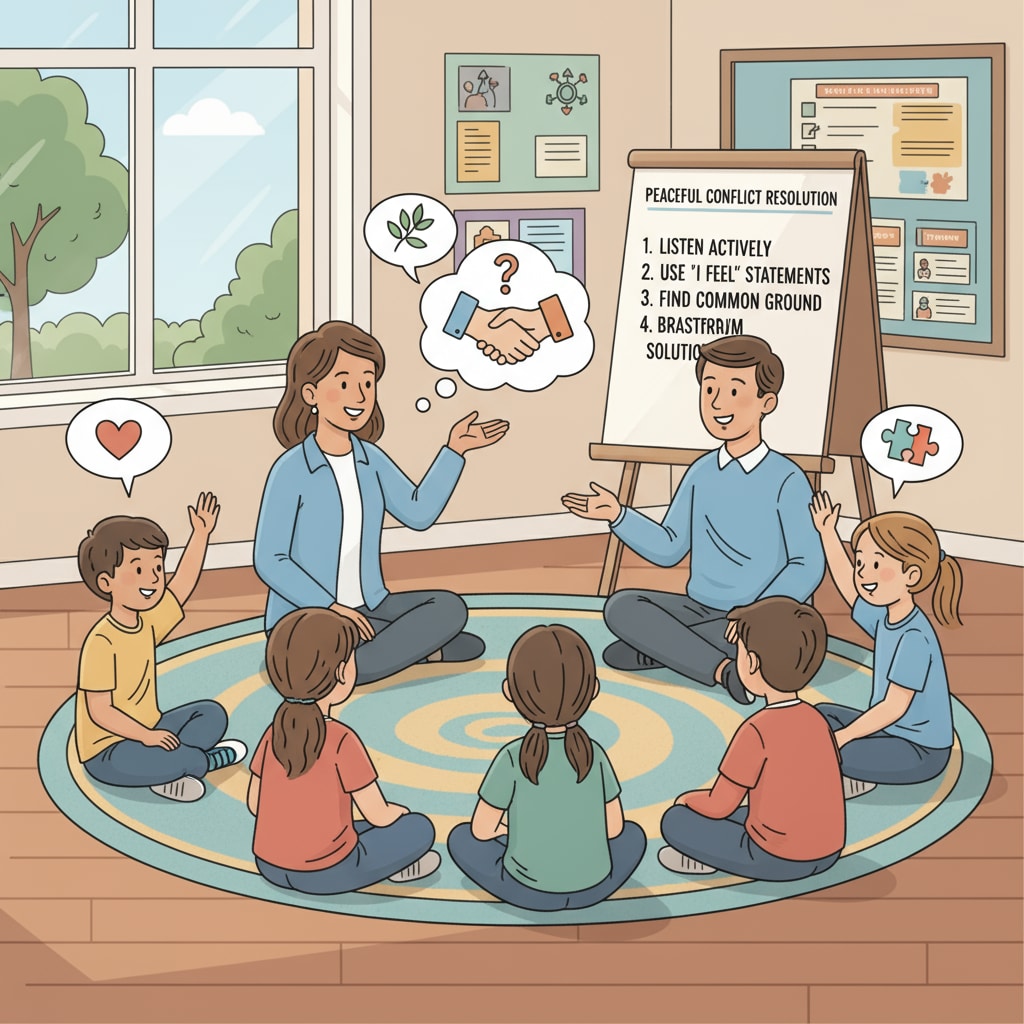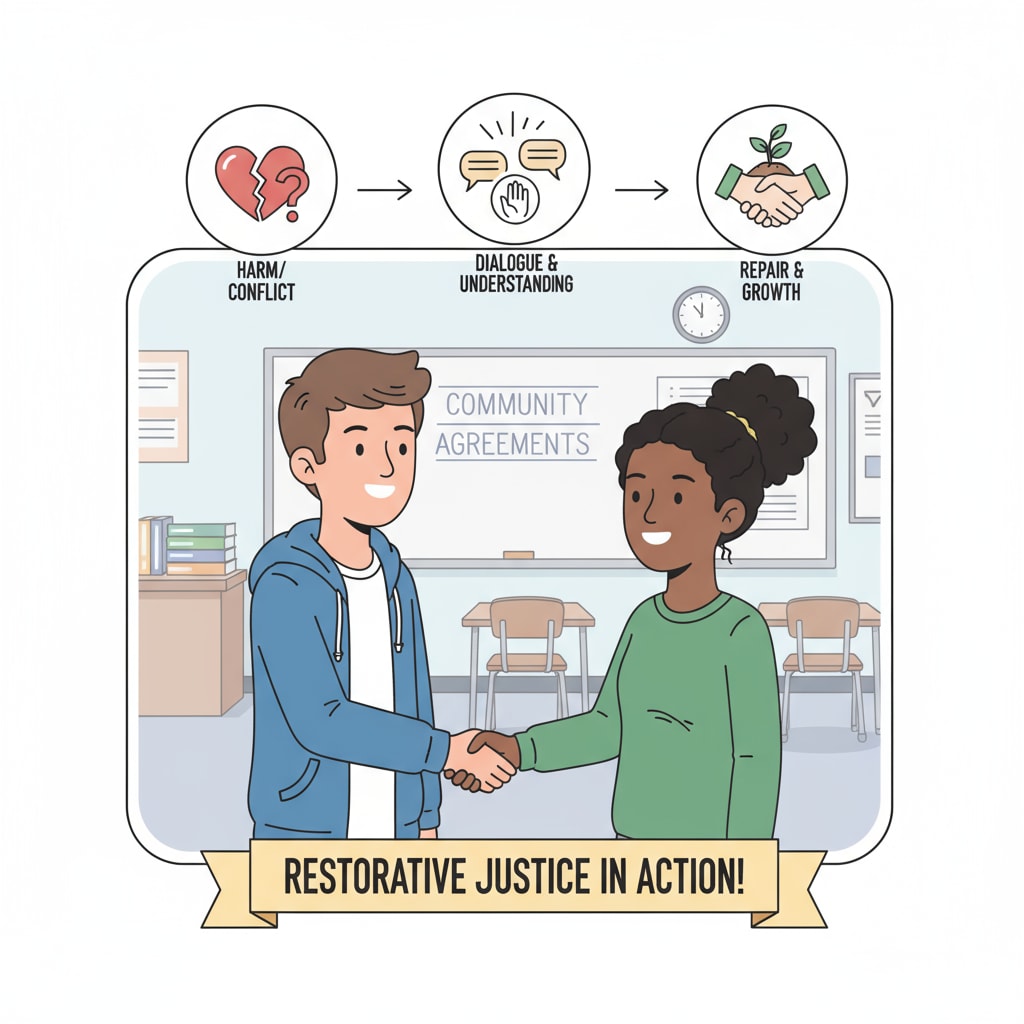Restorative justice, educational resources, and school implementation are crucial aspects in creating a positive school environment. In recent years, there has been a growing interest in applying restorative justice principles in K12 education, especially in Title 1 schools. Restorative justice focuses on repairing the harm caused by conflicts and misbehavior, rather than just punishing the offender. This approach aims to build stronger relationships within the school community and promote a sense of responsibility and empathy among students.

The Core Concepts of Restorative Justice in Education
At the heart of restorative justice in schools is the idea of bringing together those affected by an incident. This includes the victim, the offender, and sometimes other members of the school community. By facilitating open communication, students can express their feelings, understand the impact of their actions, and work towards a solution that satisfies everyone involved. For example, in a situation where a student has damaged another student’s property, a restorative justice process might involve a meeting where the offender listens to how the victim felt and then together they decide on a way to make amends, such as apologizing or helping to repair the damage. According to Wikipedia’s entry on Restorative Justice, restorative justice has been successfully applied in various educational settings around the world.

Resources Needed for Implementing Restorative Justice in Schools
Implementing restorative justice requires several resources. Firstly, trained staff are essential. Teachers and administrators need to be educated about restorative justice principles, mediation techniques, and how to facilitate productive discussions. Professional development workshops can be organized to provide this training. Additionally, time is a significant resource. Schools need to allocate sufficient time for restorative justice processes, such as meetings and discussions. In addition, a supportive physical environment can enhance the implementation. Creating spaces where students feel comfortable having these conversations, like a peaceful corner in the school library or a dedicated mediation room, can be beneficial. As stated in Britannica’s article on Restorative Justice, having the right resources is key to the successful implementation of restorative justice in any setting.
Despite the potential benefits, there are challenges in implementing restorative justice in schools. One major challenge is the resistance from some students and parents who are used to traditional disciplinary methods. They may be skeptical about the effectiveness of restorative justice and prefer a more punitive approach. Another challenge is the lack of consistency in implementation. If different teachers or administrators apply restorative justice differently, it can lead to confusion among students. However, with proper communication, training, and support, these challenges can be overcome.
Readability guidance: The article uses short paragraphs to clearly present ideas. Each section under the H2 headings provides key points. Passive voice is minimized, and transition words like “however”, “additionally”, and “for example” are used to make the flow smooth. Lists could be further incorporated in future expansions to better organize information.


